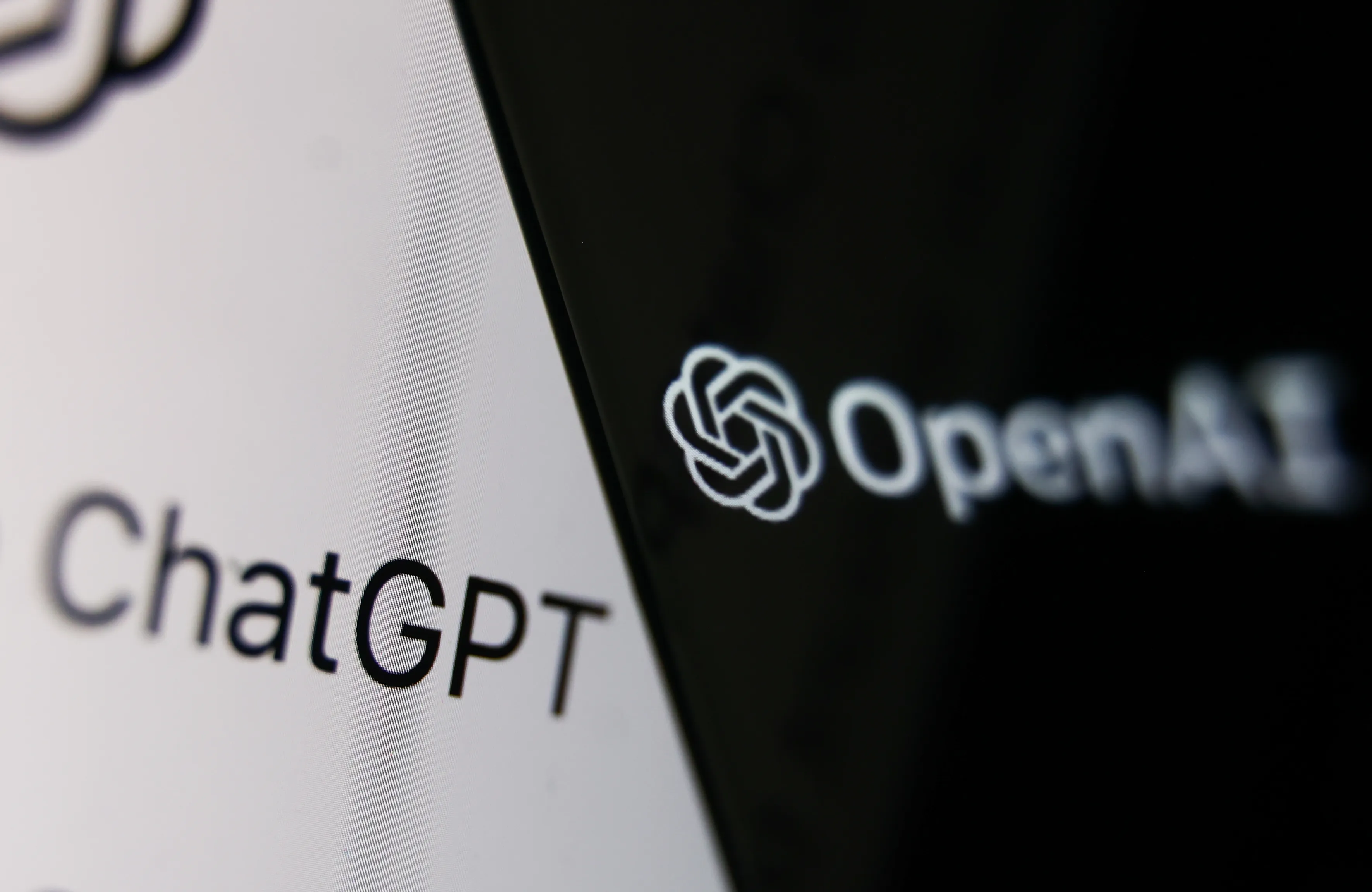
Insight: ChatGPT and EPS
By Dr. John Stegeman, Upper School Head
It’s been about six weeks since ChatGPT was released into the world, and in that time, conflicting narratives have filled the public sphere about the meaning and potential of this new technology. For the uninitiated, ChatGPT is a chatbot built with an open source, large language model—it is the best and most sophisticated “writing assistant” yet developed. It can “assist” with other things too, like musical composition and coding, but much of the public debate has been about its implications for writing and the teaching of writing. With minimal prompting, the bot can write an essay that would be the equivalent of a “B-level” paper in many high school settings. This has led some to decry the “The End of High-School English” while other more optimistic observers recognize its power as a teaching tool and solution to the “writing crisis” plaguing our schools and society. Last week, New York City public schools blocked access to ChatGPT on their servers, effectively banning its use for teachers and students across the district. Eastside Prep has no intention of following suit.
Instead, we have led conversations among faculty in several academic disciplines and in both divisions. We have spoken with students about this technology, its potential value as well as its pitfalls, in assembly and classroom settings. And we have experimented with the technology ourselves, imagining its possibilities and limitations for our personal use, our professional practice, and its implications for society at large. “We,” as an institutional collection of smart, insightful, deeply thoughtful, and caring professionals, do not all feel one way about this technology. Some are eager to embrace and experiment, others are cautious and concerned. In fact, even as individuals, many of us are of two (or more) minds about this incredible technological breakthrough. We are awestruck at its potential at the same time we wonder and worry about what we may lose. So, what do we do with those conflicting feelings and viewpoints?
In times like these, with an issue like this, we lean on our values. Eastside Prep stands for Critical Thinking, Responsible Action, Compassionate Leadership, and Wise Innovation. By joining this community, we agree to live by those ideals, even if we have differing views about how to apply them to a topic like assistive writing technology. How does a learning community reconcile difference of opinion with shared values? We talk about it. The mutual trust and respect that we share means that we are willing to lean into the possible discomfort of disagreement. We make ourselves willing to have our views challenged, maybe even to change our minds, or at least keep them open to other views. And most importantly, we move forward transparently and share our opinions and approaches in an attempt to navigate this thorny issue together.
We invite the entire community—parents, teachers, students, non-classroom-based educators—into dialogue about ways that ChatGPT may appear in the EPS experience in the coming weeks and months. Some teachers will ask students to compose text using ChatGPT and then critique, revise, and edit the machine’s work. Others will require students to refrain from using it entirely, so that they might wrestle with the challenge of forging thoughts into cogent prose. As teachers embark on the monumental task of writing personal comments to accompany midterm progress reports, some are incorporating this assistive technology into portions of their writing process to better communicate their insights on students’ performance and progress. We think all of those uses may hold real value.
We also recognize that some uses may turn out to be problematic or counterproductive, but we won’t necessarily know which until we try. We have always asked students to be transparent with teachers about the sources of their written work—to cite ideas that are not their own and to communicate with teachers if they are uncertain about a source or the best way to use it. Here, with ChatGPT, a new and unfamiliar source, we attempt to do the same. In all candor, we have questions about if and how we should use this new tool in an educational setting. But rather than avoid those questions, we choose to ask them plainly—to lean in, to try, to discuss, to evaluate and re-evaluate. We ask for your partnership, dialogue, trust, and the assumption of our best intentions as we do so. This bold new technology is likely to be a major part of the bold new world that we are preparing our students to engage and steward. With it, we act boldly, together.

